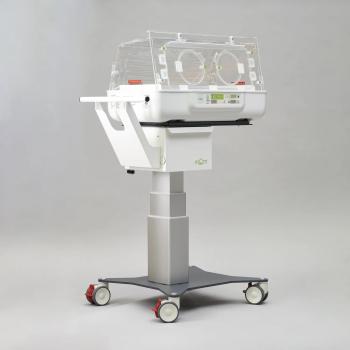
Malpractice reform helps bottom line even if you don't get sued
Does medical liability reform help you financially, regardless of whether or not you?re ever sued? The experience in Texas suggests that the answer is Yes. Since tort reform was passed in 2003, insurance rates have dropped an average of 27% for all physicians. Read more to find out about other ways physicians have benefitted.
Does medical liability reform help the bottom lines of physicians who never get sued? Texas’ experience suggests that the answer is yes.
The board of governors of Texas Medical Liability Trust (TMLT), a physician-owned malpractice insurer, announced that it will
Insurance rates started on a downward trend when medical liability reform was passed in Texas in 2003, and with the 2012 cuts, physicians have saved $745.5 million in decreased premiums since that time, TMLT said. With the latest rate announcement, policyholders have seen their rates drop 56.7% since liability reform went into effect.
This is the seventh time TMLT has declared a policyholder dividend, which will represent about a $25.4 million benefit to the group’s policyholders in 2012.
"Physicians work within an environment of decreasing reimbursements and increasing operating costs. We are hopeful that these reductions and dividends will help physicians as they help patients," said Charles R. (Chip) Ott Jr., TMLT president and chief executive officer.
On its Web site, the Texas Medical Association (
In addition, lawsuit filings in most Texas counties have dropped by half, TMA said.
Texas also has adopted a constitutional amendment to thwart challenges from trial lawyers, now operating under an organization called the American Association for Justice (AAJ). On its Web site opposing tort reform,
Newsletter
Stay informed and empowered with Medical Economics enewsletter, delivering expert insights, financial strategies, practice management tips and technology trends — tailored for today’s physicians.








